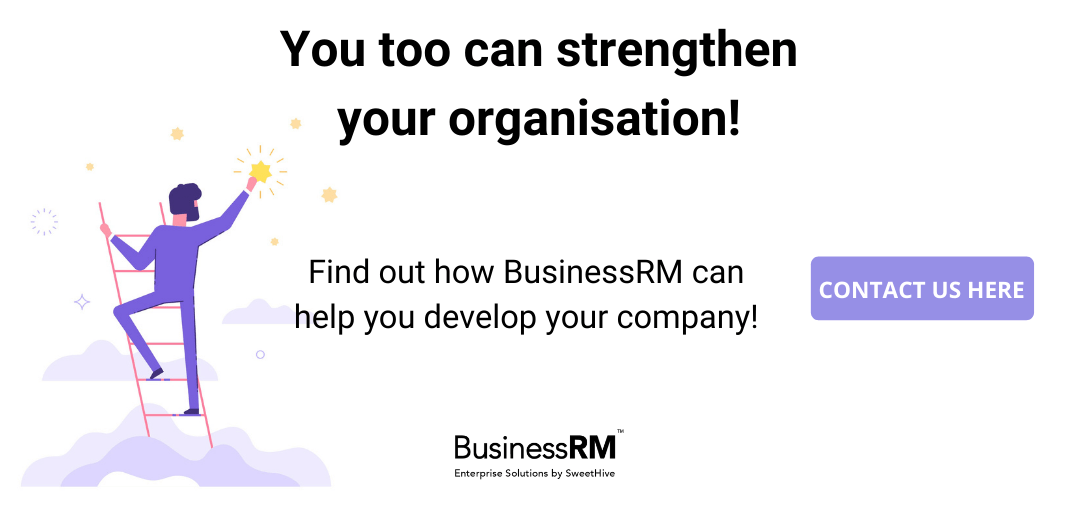
Bye, bye 1900s! Barney’s version
Endured the hard crisis due to the Covid-19 pandemic, we equip ourselves to continue living together with the virus while waiting for the vaccine. And it’s immediately a new era!
This has not been a crisis like the previous ones for which we could apply the rule: “once the cause it’s removed, we will go back to the previous situation”. Now, removed the cause, we will find ourselves in a changed world and in the next years we will be busy consolidating this change.
The pandemic has had a global reach, certainly also thanks to the level of globalisation of exchanges, and it has triggered processes of economic and political repositioning of the highest level.
However, it is not possible to sufficiently understand the reach of Covid-19 if we do not take into account that this pandemic is overlapping with the so called fourth industrial revolution: after the steam one, the electricity one and the IT+Internet one, here comes the Digital one (that we symbolically date at 2007, launch of the iPhone). This last one is a lot more invasive than the previous ones, because it affects the culture and the way in which people think and behave.
It was thanks to the digital that it was possible to reduce the impact of the closure of many businesses and the obligation to stay at home during the lockdown. Here some explicatory examples, in random order:
- 3D printers with which was possible to transform non-medical mask in masks for intensive care, in a previously unthinkable timeframe
- Apps for home delivery of food
- Apps to manage queues in supermarkets
- Apps to track possible infections
but on the whole:
- The solutions that allowed remote working, as much for the private as for the public sector (networks or data connection, videoconferencing, chats, collaborative platforms…)
- Schools and universities, that have started remote lessons and exams in record times
With remote working a paradigm shift of the work relation between the employer and the contractors has started: from the twentieth-century conception of the “buying hours of work to be provided under strict physical control of the hierarchical-functional structure”, to “work (still generally) by objectives”, the shift is, by itself, a revolution of the organisation model in the work area.
The conjunction of COVID-19 and digital revolution has given a strong acceleration to the process of change and innovation.
The new Millennium
August 2020, at this point all the moorings for last century were removed, the twentieth, and we enter definitively the new century, the twenty-first, which is also the beginning of the third millennium. Everything to be governed. Those who will find themselves to manage or govern in the next 2-5 years will have a date with history (did you notice how the so called national budgetary constraint have blown like champagne corks? Or, how trillion has became popular as a new measure for national debt? And again, how the agenda of the heads of state have changed in a short time?)
New ways of organisation of work
Wherever there are the operative and cultural preconditions for smart working, the organisations (bodies or businesses) will work to consolidate this way of organisation of work (with possible consequences difficult to fully imagine, as an hypothesis: rethinking of houses not longer as dormitory, repopulation of abandoned villages…)
School in the innovation process
School directors, through the occurrence of the health crisis, were called upon to make a sudden and quick leap of innovation in the organisation of the schools with the awareness that the option pandemic exists. It becomes necessary to make reliable and ‘virtous’ the coexistence of in person lessons with virtual ones. There is no going back.
Work and school
Two parallel worlds held together by many factors, and today also by the same digital organisational support: SweetHive, the cloud collaborative platform, the first of the ‘organisation-first’ kind. To make a practical example, SweetHive proposes itself as the collaborative platform that supports the main processes of innovation: we are talking about a software that evolves continuously, to face the challenges that society presents every day. In view of the pandemic, for example, SweetHive has evolved so much to make smart working even more accessible, thanks to the solutions of BusinessRM; in view of the needs of the school directors post-Covid, the solution was Constesto Scuola, that leans on the platform for communication, sharing and dialogue between the directors, the teachers and the pupils.
SweetHive is the solution for a lot of sectors, to each his own. Digital native.


